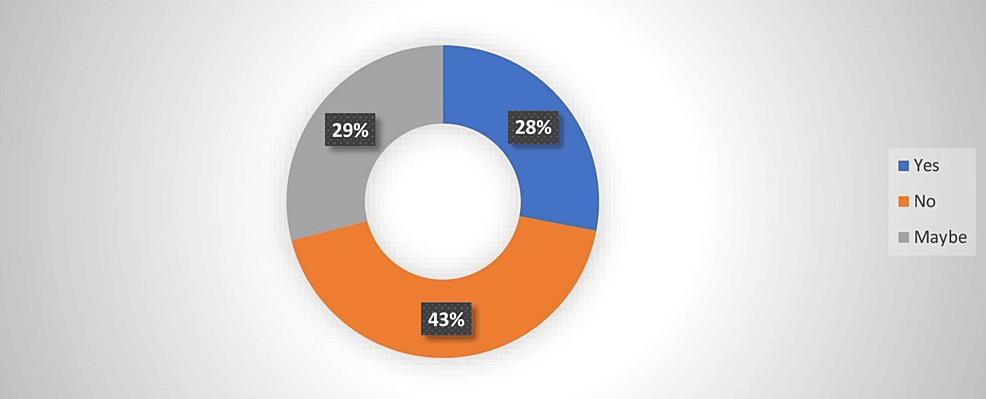Appiah-Thompson P, Amuquandoh A (December 01, 2023) Cureus 15(12): e49768. doi:10.7759/cureus.49768
Abstract
Objectives: The objectives of this study were to establish the demographic factors of allergic rhinitis patients taking part in the study, to gain insight into the common symptoms experienced by patients with allergic rhinitis, to know the common allergens or triggers that lead to the symptoms of allergic rhinitis and to determine the prevalence of other comorbidities associated with allergic rhinitis.
Methods: The study was a cross-sectional hospital-based study encompassing both quantitative and qualitative features of the participants involved.
The quantitative study involved collecting data on allergic rhinitis clients visiting our tertiary hospital, over the period of March 1, 2021, to June 25, 2021. The quantitative data included the gender and age groups commonly affected, the most common symptom, and the trigger identified. Whilst, the qualitative aspect of the study involved the socioeconomic impact of allergic rhinitis on the clients.
Results: The prevalence of allergic rhinitis is 10% at the ENT clinic of our hospital. It was most common in the age group (19-35). Urban residents suffered more from allergic rhinitis than the rural residents. The main presenting complaint was sneezing and the commonest comorbid condition and trigger associated with allergic rhinitis were sinusitis and dust mites respectively.
Benefits of the use of face mask in allergic rhinitis
Twenty-nine percent of respondents had experienced reduced productivity at their workplace and in school. Twenty-one percent had experienced depression while 26% perceived the cost of treatment to be greatly expensive.
The use of face masks was found not to be beneficial in reducing the symptoms of allergic rhinitis in most clients.
Conclusion: The conclusions reached at the end of this study were that the public must be educated on allergic rhinitis and to look out for the triggers, signs, and symptoms of it and then report early to the hospital for appropriate management.

No comments:
Post a Comment